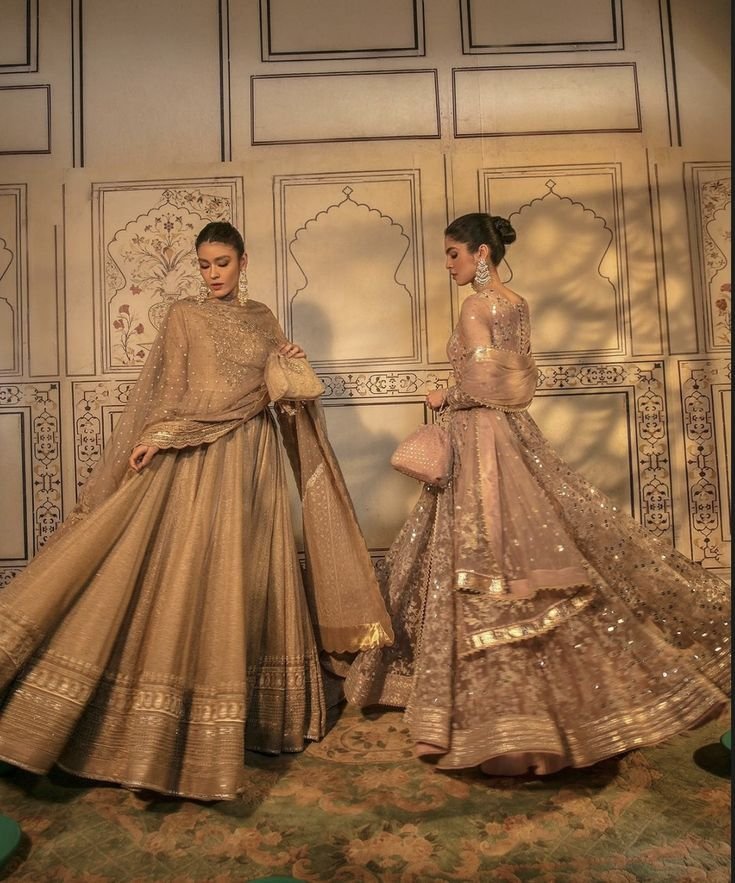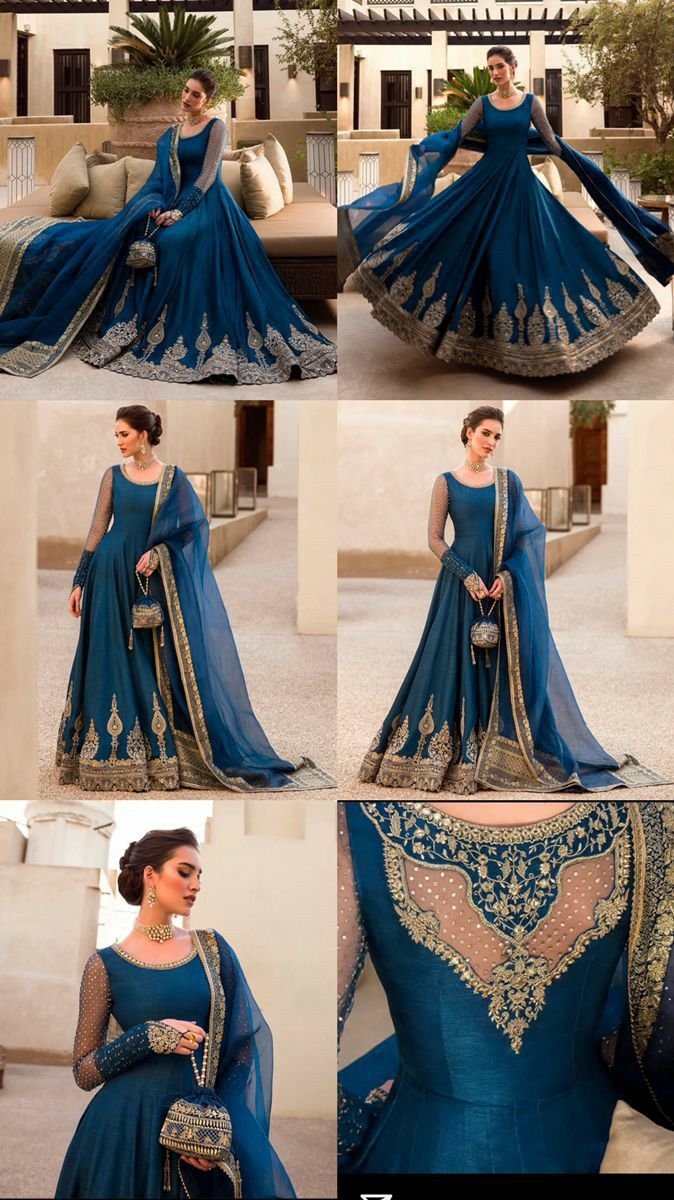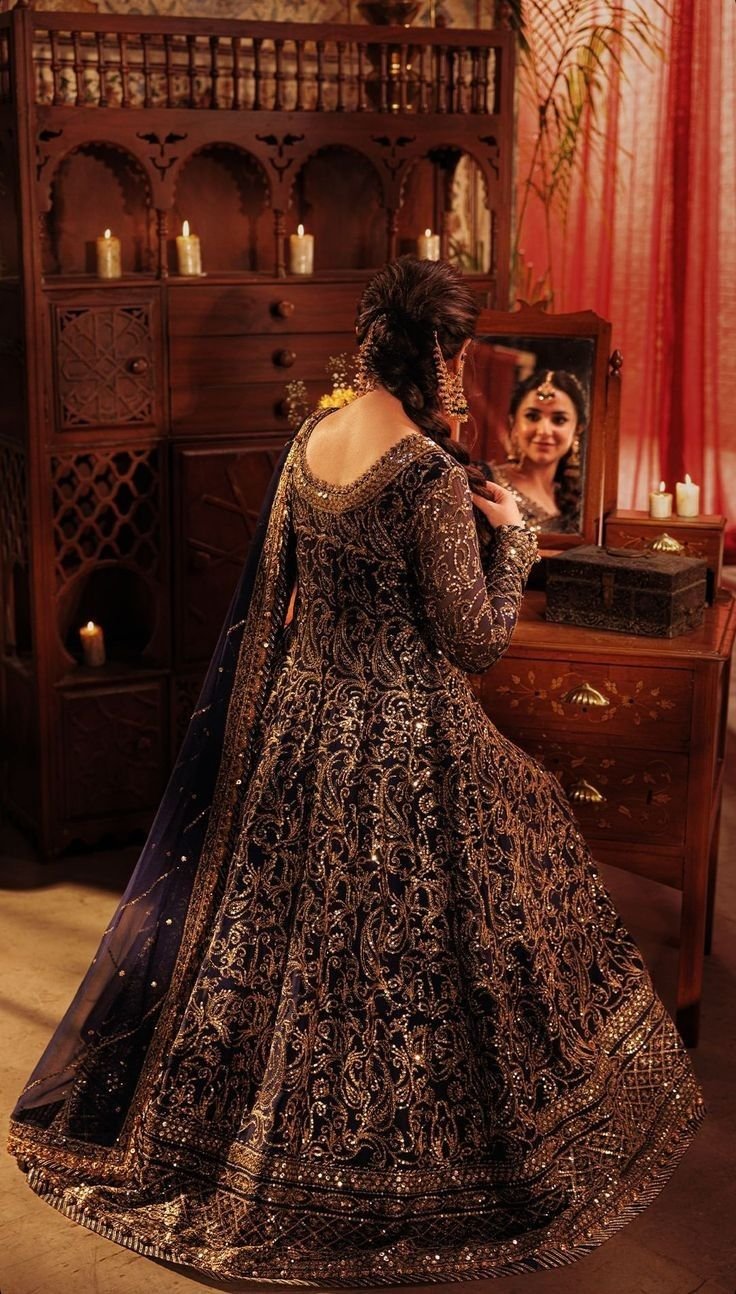The three-piece suit is more than just a fashion item—it’s a timeless cultural expression that has evolved over generations. In Bangladesh, India, and Pakistan, the three-piece has remained a staple for elegance, modesty, and identity. Let’s explore the journey of this iconic attire and its relevance in today’s fashion world.
Origins in the Subcontinent
The roots of the three-piece suit can be traced back to Mughal-era clothing, where nobles wore long tunics (kameez), loose trousers (salwar), and flowing scarves (dupatta). This style gradually merged with regional fabrics and patterns, giving rise to variations across Bengal, Punjab, and Delhi.

Rise in Popularity Among Women
In the 1960s–70s, the three-piece became a symbol of elegance and cultural pride for South Asian women. It was worn in schools, offices, and special events. From printed cotton to silk embroidery, the outfit adapted to all social settings.
The Modern Makeover
Today’s three-piece suits are no longer limited to plain traditional wear. Thanks to brands like Ornalay, modern versions now feature:
- Digital prints
- Lace detailing
- Statement dupattas
- Slim-fit kameez with cigarette pants
It has become a perfect blend of heritage and style for modern women.
Global Appeal and Cultural Identity
In recent years, Bangladeshi and Indian communities living abroad have proudly worn three-piece suits at events, Eid, and weddings—promoting ethnic identity globally.
Why Ornalay Three-Piece Stands Out
At Ornalay, we respect tradition but design for the modern era. Our three-piece suits are:
- Lightweight and breathable
- Crafted with seasonal fabrics
- Designed for mixing & matching
- Elegant for both casual and festive occasions
From the Mughal courts to your modern wardrobe, the three-piece suit tells a story of culture, grace, and timeless beauty. Ornalay brings that story to life—every stitch, every print, every piece.






